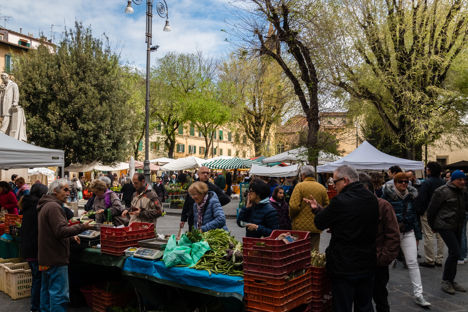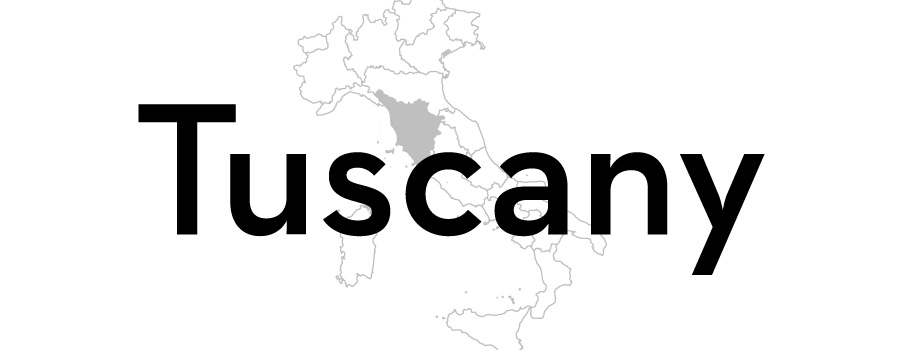
Firenze’s finest: the best food markets in Florence
Giulia Scarpaleggia explores the sights, sounds and smells of Florence’s many food markets and guides us through the best in the city.
There’s no better way to get to know a city than visiting its markets, sharing moments with the locals, queuing behind old grandmas and learning how they choose wisely the best kind of tomatoes for their sugo (sauce). Florence is no exception; you can spend many interesting hours wandering through the food stalls at its daily markets.
Sant’Ambrogio, the Florentines’ market
Slightly outside the city centre where tourists are in awe in front of the Duomo and Palazzo della Signoria, the market is near the synagogue and Piazza d'Azeglio. It has everything you would expect from an Italian market (or rather, a Tuscan one). Compared to the San Lorenzo market, recently renovated and central, Sant'Ambrogio is a lively market where you’ll be amongst the local Florentines.
On the outskirts your eyes will be filled with the usual chaos of a local market; stalls of fruit and vegetables to your left, clothes to your right, and shoes, plants, flowers and household items everywhere else. There’s an organic stall where you’ll find the best avocadoes in town, shipped directly from sunny Sicily, alongside tons of oranges and lemons for your home made marmalades. There are also plenty of farmers’ stalls, where you can browse through a vast selection of wild lettuces and chicories for your salads. When you leave the outskirts and being to work your way into the centre indoors, you enter into another world. If fruits and vegetables were the masters before, now you’re in the kingdom of meat and fish.
San Lorenzo Mercato Centrale
Just a short walk from the Duomo is the Mercato Centrale di San Lorenzo, one of the most architecturally interesting buildings in Florence. It was built by Giuseppe Mengoni, the architect of the Galleria Vittorio Emanuele II in Milan, and was inspired by Les Halles de Paris.
Glass and iron give the building an imposing appearance, but at the same time lets the light filter generously in. Today the market of San Lorenzo has lost its quintessentially Florentine spirit, attracting lots of tourists for its proximity to the Cathedral. But it is still a market worth visiting, not only for its charming architecture but also for its historical importance and picturesque stalls, especially those selling trippa (tripe) and lampredotto paninis (sandwiches stuffed with the fourth stomach of a cow).
A recent renovation has introduced a dining area on the first floor devoted to street food and Italian specialities like pizza, fresh pasta, meat and fish. You can pick your favourite dishes and sit in the centre, where tables are set with stools or benches. There’s also a cooking school where you can attend interesting classes throughout the day.
Neighbourhood markets
Next to the main indoor markets of San Lorenzo and Sant'Ambrogio which are famous throughout Florence, the local markets are still at the heart of the city. Every morning they come alive, be it the height of summer or depths of winter, offering everything you need for your grocery shop of fruit, vegetables, tripe, salt cod or fresh ricotta. The market in the Cure neighbourhood, near the stadium of Florence, is one of my favourites. There, listening to the chatter of local greengrocers, I learnt how to make an outstanding minestrone.
Farmers' markets
Once a month the most important squares of Florence come alive with organic farmers’ markets. It all started with the Fierucola in Santissima Annunziata, held on the first weekend of each month. Every time it’s held, the market focuses on a different product, such as wool, honey, bread or extra virgin olive oil. If you miss this farmers’ market you can find many of the same producers in Piazza Santo Spirito the third Sunday of every month.
Go to Piazza della Repubblica on the first Saturday of every month for yet another market; there you can shop at the farmers’ market held by the producers of the Florentine countryside selling fruit and vegetables, organic wine, cheese and honey.
Giulia Scarpaleggia



